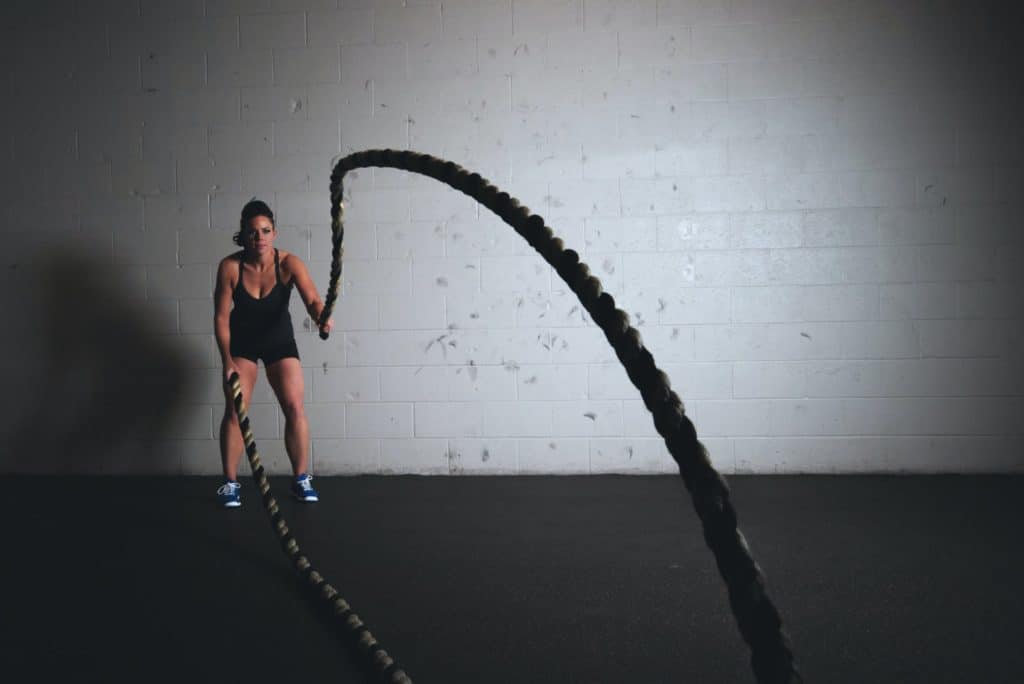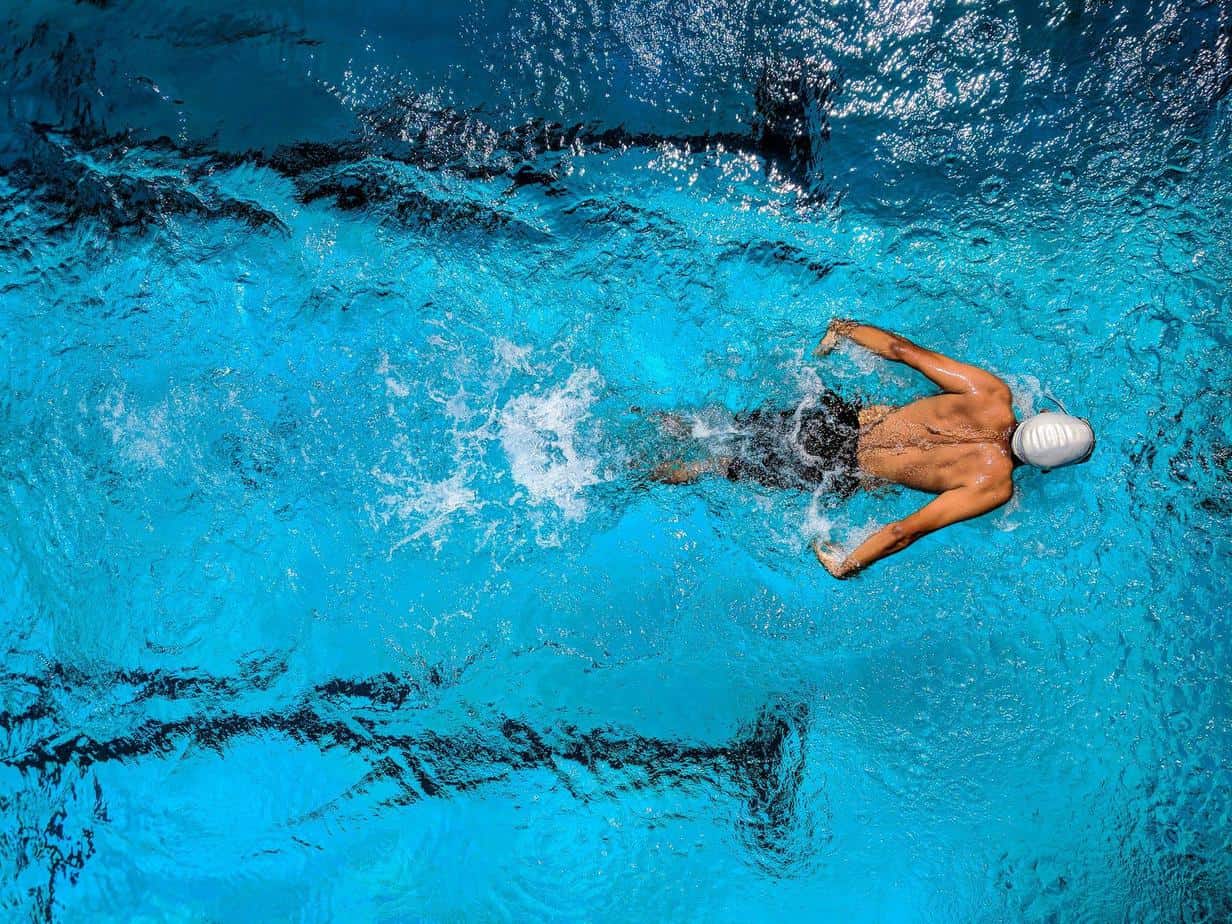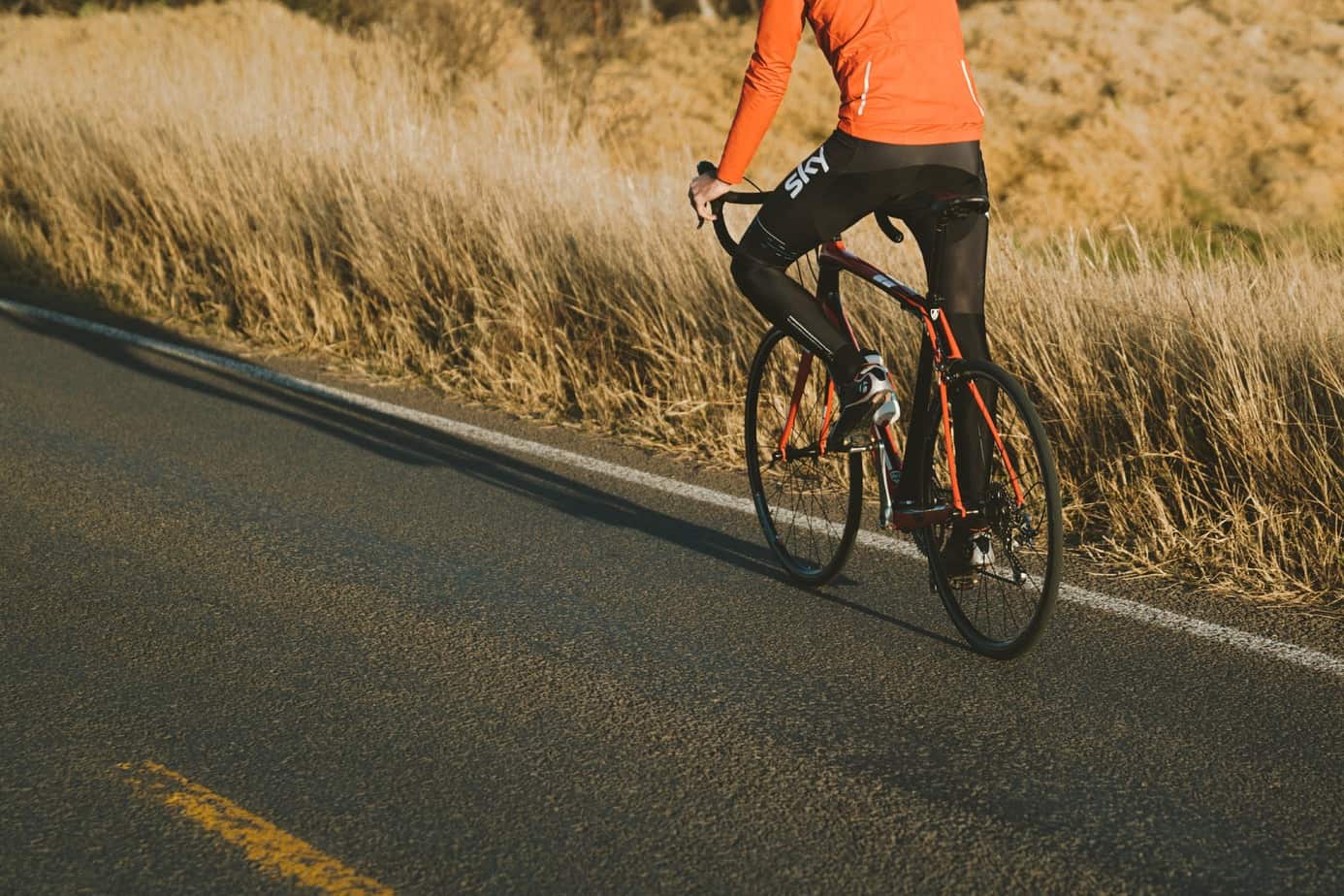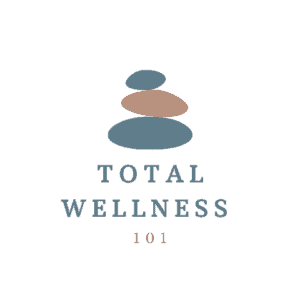There are so many ways to do cardio so you may wonder if it really matters what kind you do or if there are some that are better than others. I hope to give a clear comparison of some of the more popular types of cardiovascular training all in one place to give you an idea of what would work better for you and your goals.
Walking
Walking is definitely one of the easiest ways to start burning more calories throughout the day. You can walk anywhere and it benefits fat-loss especially when done on an empty stomach. Throughout the day and during low intensity activities such as walking, your body burns fat more than carbohydrates. Fat is a slower burning fuel source which caters more to these types of activities. This makes walking easier to do in a fasted state because you don’t need as much carbohydrates in your stomach for fuel. If you train too intensely on an empty stomach your sugar can drop too low and you can even pass out. Speed-walking generally shows more benefits because you can get your heart rate slightly higher as well and burn more calories faster. It’s never really a bad thing to get more steps throughout the day.
Who is it good for?
I would recommend that everyone walks more. It is one of the main types of cardio that I personally do. Walking is good for those who are in generally good shape and just want to trim up a bit. It is also good for obese individuals because it is an easier starting point and won’t be as hard on their joints as running. This also makes it beneficial for elderly individuals because it is a low impact activity. However, you will need to walk much longer if you want to see big changes as compared to higher intensity activities. This makes it less efficient as a tool of exercise and more of a measure of general wellness.
Average Calories Burned Per Minute: ~4 calories

Jogging (Moderate Pace)
Jogging is a very common and well-known type of cardio. It is a steady-state cardio like walking and can be done anywhere but it works your heart and body a little more. At this point, your fuel source will shift to start burning more carbohydrates than fat for fuel. This is a faster-burning fuel source that is fit better for higher intensity workouts. If you are a regular runner, you have to consume adequate carbohydrates before and after workouts to improve performance and recovery unlike with walking. Aerobic conditioning in this range (70-80% max heart rate) has also been shown to be a great help to those with depression or anxiety.
Who is it good for?
Running is great for those with moderate to high fitness levels with no pre-existing conditions that running could otherwise worsen. Some examples would be joint problems such as arthritis or being excessively overweight. It is not so much that running leads to joint problems. It is more due to the heavy impacts caused by someone running while overweight. For this reason, lower impact cardio may be a good option for the obese until their weight becomes more under control. Running is also good if you need higher endurance for sports or if you have less time to workout.
Average Calories Burned Per Minute: ~11 calories (increases if you weigh more)

High Intensity Interval Training (HIIT)
For those who may have plateaued with walking or jogging, HIIT may be the next thing to try out. This form of exercise has gained lots of popularity as it offers more results in a shorter time. As the name suggests, HIIT involves performing high intensity movements in intervals followed by a short rest time. The exercises vary and are not limited to solely running or sprinting. It can involve weights as well such as kettlebell or dumbbell movements.
This is a form of anaerobic conditioning unlike jogging or walking. Anaerobic means “without oxygen” so it utilizes alternative forms of energy production. This brings your heart into 80%-90% of its max heart rate. A typical HIIT interval could be a 30 second sprint followed by a 10 second rest that you repeat for 10 minutes or until exhausted. HIIT is also interesting because it produces more of an “afterburn” effect, meaning that your metabolism stays elevated for a longer time following the workout than with walking or jogging.
However, being a higher intensity movement, certain forms of HIIT may be too advanced for a novice athlete and could increase risk of injury or dizziness.
Who is it good for?
High intensity interval training is great for burning fat fast and efficiently. However, it is better suited for someone with more experience working out and that has already established a baseline cardiovascular and muscular fitness level. Once you are able to walk and jog effectively or aren’t seeing results, test out some HIIT to bring your workout to the next level. It will help you increase the intensity in your workout and burn some serious fat both during and after the routine.
Average Calories Burned Per Minute: ~12-16 calories (varies by exercise and intensity)

Swimming
Swimming is not a very common form of regular cardio due to inaccessibility to water but a great addition to your routine if available. With swimming, there is more of a learning curve than with traditional cardio. You obviously have to learn how to swim and how to swim effectively before you can use it as a tool to work out. However, swimming can get you all of the benefits of running and more.
Swimming trains your heart just like running but could produce an even higher heart rate if you are new to it. But, it is much lower impact than jogging since your body is lighter and does not smash the hard ground every half of a second. What I love about it too is that it is more of a muscular workout than running so it even tones your upper body and core while still being a cardio movement. Running will work mainly the gastrocnemius or “calf” muscles but not much else. You need to supplement weight training if you are going for more aesthetic goals. After a good swimming session you will feel your whole body thoroughly drained. You may even find it more fun.
Who is it good for?
First of all, swimming would only work for someone who has access to either a pool or natural body of water where they can swim. You would also need to be someone who knows how to swim. Other than that, swimming is good for any fitness level. You see more elderly individuals swimming because of it being low impact and easy on the joints. This could also be good if you enjoy swimming more than running or wanted more of a muscular workout. This is great for weightlifters because it can be higher intensity cardio and simultaneously increase upper-body muscular endurance. It also may be a fun switch from your traditional cardio if you have gotten bored with walking and running.
Average Calories Burned Per Minute: ~8 calories

Biking
For those who have the need for speed, biking is another fun option. Biking is an aerobic exercise that can give you the same cardiovascular benefits of running. Biking can be more enjoyable because you move more quickly and it is easier on the joints than running. If you live in a city, you could also use biking as a form of transportation to save gas and burn extra calories. Biking can be done either outside or on a stationary bike in the gym. The latter will be more cost-effective since bikes can be expensive but likely more boring as well since you don’t actually move. Biking will also recruit more of your leg muscles than running which makes it a good leg and thigh workout as well.
However, you will typically need to bike for a longer period of time to burn the same amount of calories as running. You simply have less full body involvement and you can take small breaks as the bike rolls which leads to less energy expenditure overall.
Who is it good for?
Similar to swimming, biking is a good running alternative for those who are older or with joint pain. It is also generally more fun and can be used more for recreation. Biking outside however does require that you own a bike and know how to ride one. The other option is to pay for a gym membership and use a stationary bike. So cost may be a consideration as well. It can also irritate those who have lower back issues from sitting and hunching over for long periods of time. As with any exercise, do what you enjoy and what works for you.
Average Calories Burned Per Minute: ~8 calories
The Verdict
So what cardio is the “best” cardio? The answer is: it depends. Everyone is in a different place and has different interests, time, and bodies. The purpose of this article was to give a brief look into some of the major types of cardio so that you can decide what works better for you. You may even do a little of all of these.
This would be my recommendation: First of all, everyone should become proficient at walking and running if possible. Then if you can, throw in some HIIT into your workouts for extra fat-loss. And when you want to mix it up or get bored, go for a swim or a bike ride. If you really enjoy swimming or biking, you can make them your primary type of cardio.
Of course, cardio can only do so much. It is much less effort to avoid that cheeseburger than to do an hour of intense cardio. So make sure your diet is in check and use the cardio just for a little extra edge when it comes to weight loss. Also, remember that every situation is different and you can consult with your doctor when it comes to the best course for your specific situation. Enjoy your cardio!
Recent Posts
In the pursuit of professional success, the modern working professional often finds solace in a cup of coffee or energy drink. Caffeine, the world's most widely consumed psychoactive substance, has...
Strategies for Sales Professionals to Reduce Back Pain and Injuries
In the fast-paced world of sales, professionals often find themselves navigating through long hours, client meetings, and constant travel. Amidst the pursuit of closing deals and meeting targets, the...

